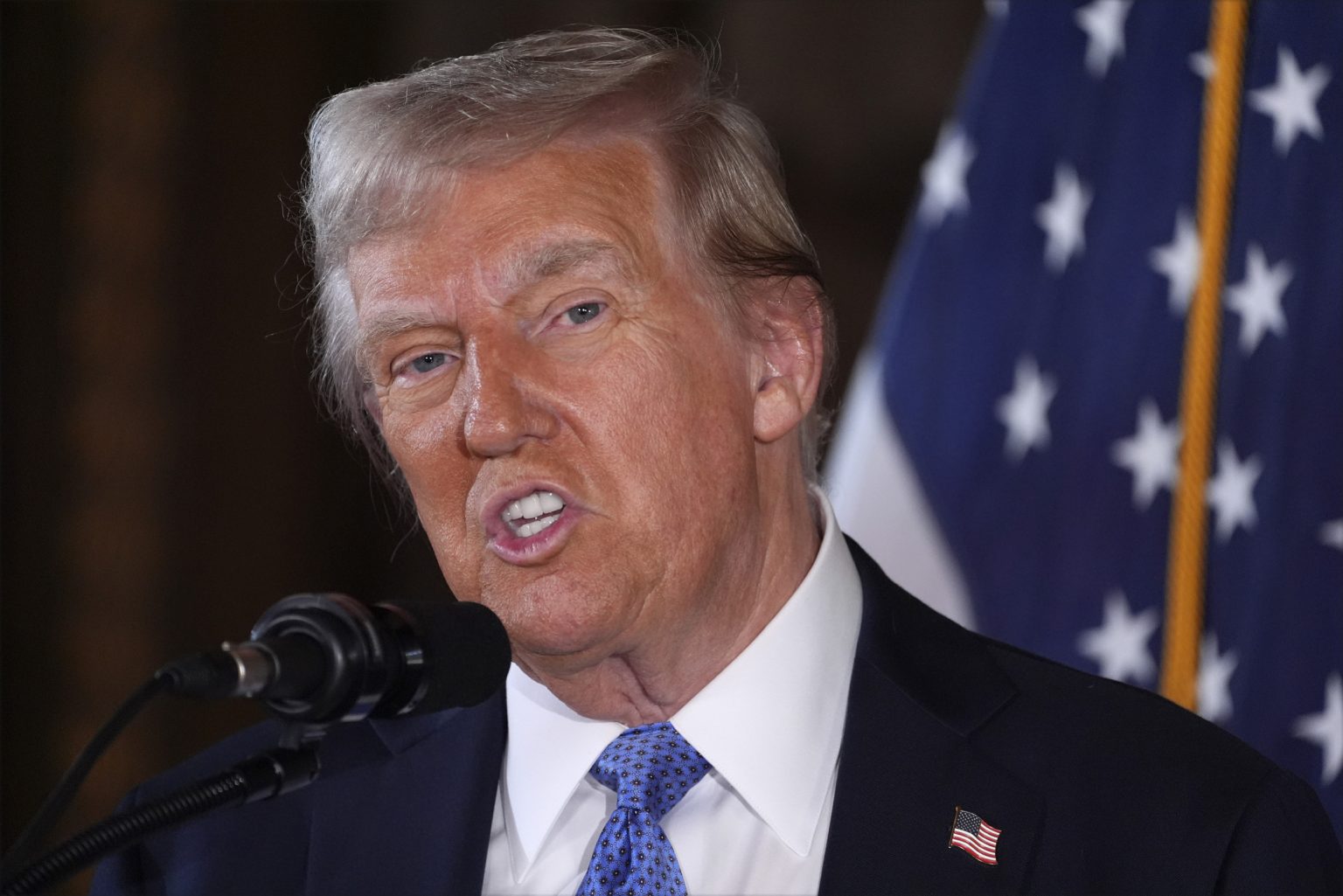The recent standoff between former President Donald Trump and the House of Representatives regarding federal funding and the debt ceiling underscores the persistent and complex challenges surrounding fiscal responsibility in the United States government. Trump’s call to eliminate or extend the debt ceiling until 2029 ignited a debate about the efficacy and implications of such a move, particularly given the looming threat of a government shutdown. This situation highlights the precarious nature of government funding and the recurring political battles that ensue when the debt ceiling becomes a bargaining chip.
The debt ceiling, a legislative limit on the amount of debt the U.S. government can incur, has historically served as a mechanism for Congress to exert control over federal spending. However, it has increasingly become a source of political contention, often leading to brinkmanship and the threat of government shutdowns. Trump’s statement reflects a growing frustration among some policymakers with the debt ceiling’s perceived constraints on government operations and its potential to disrupt the economy. His proposal to eliminate or significantly extend the debt ceiling aims to remove this recurring obstacle and provide greater flexibility in managing federal finances.
Proponents of eliminating the debt ceiling argue that it serves no practical purpose other than creating artificial crises. They contend that Congress already authorizes spending and revenue levels through the budget process, making the debt ceiling redundant and potentially harmful. By forcing the government to default on its obligations if the debt ceiling is not raised, it creates unnecessary uncertainty and risks damaging the nation’s creditworthiness. Furthermore, they argue that using the debt ceiling as a political weapon undermines responsible governance and can lead to economically damaging standoffs.
However, opponents of eliminating the debt ceiling maintain that it plays a crucial role in ensuring fiscal discipline. They argue that it forces Congress to periodically review the nation’s debt levels and make conscious decisions about borrowing. Removing this constraint, they fear, could lead to unchecked spending and unsustainable debt accumulation. Moreover, they believe that the debt ceiling provides leverage for negotiating spending cuts and other fiscal reforms. While acknowledging the potential for political gamesmanship, they argue that maintaining the debt ceiling, albeit with potential reforms to its implementation, remains a necessary tool for fiscal responsibility.
The debate over the debt ceiling also highlights the deeper ideological divisions regarding the role of government and the appropriate level of government spending. Those who favor a smaller government and lower taxes often advocate for stricter debt ceiling controls as a means of limiting government growth. Conversely, those who support a more expansive role for government and greater social spending tend to view the debt ceiling as an impediment to achieving their policy goals. These differing perspectives contribute to the recurring political battles over the debt ceiling and make finding common ground challenging.
Ultimately, the future of the debt ceiling remains uncertain. While Trump’s call for its elimination or extension has generated significant discussion, achieving such a change would require broad bipartisan support, a prospect that seems unlikely in the current polarized political climate. Nevertheless, the ongoing debate underscores the need for a more sustainable and less contentious approach to managing the nation’s debt. Perhaps exploring alternative mechanisms for ensuring fiscal responsibility, such as establishing stricter budget rules or creating an independent fiscal commission, could offer a more effective and less disruptive path forward. Until a long-term solution is found, the debt ceiling will likely continue to be a source of political and economic uncertainty.

